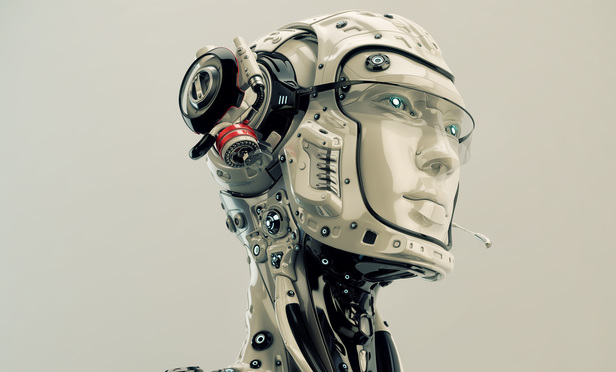Julie Adams and Angela Cummings, partners at FordHarrison, examine the employment law implications of workplace automation. FordHarrison is the US member firm of global HR and law firm alliance Ius Laboris.
While automation in the workplace has been used for decades to improve speed, efficiency and cost effectiveness, until recently, automating work requiring judgment and perception was reserved for science fiction films. In the last five years, however, the wide availability of powerful computer chips, big data storage and processing, and inexpensive sensors, as well as the development of new algorithms, have led to improvements in “cognitive computing” and “artificial intelligence” (AI). As a result, machines are increasingly being used to perform a range of responsibilities previously performed by humans. For example, a Buddhist temple in China has welcomed a robot monk into its order in an effort to attract new practitioners. In June 2016, two Belgian hospitals introduced a humanoid assistant named Pepper to greet patients. While robotic versions of human employees will not be replacing entire workforces any time soon, companies are integrating AI-powered systems in the workplace to enhance their decision-making processes. These emerging technologies will significantly impact the white-collar workforce, making it essential that companies understand the legal risks associated with the use of these technologies.






